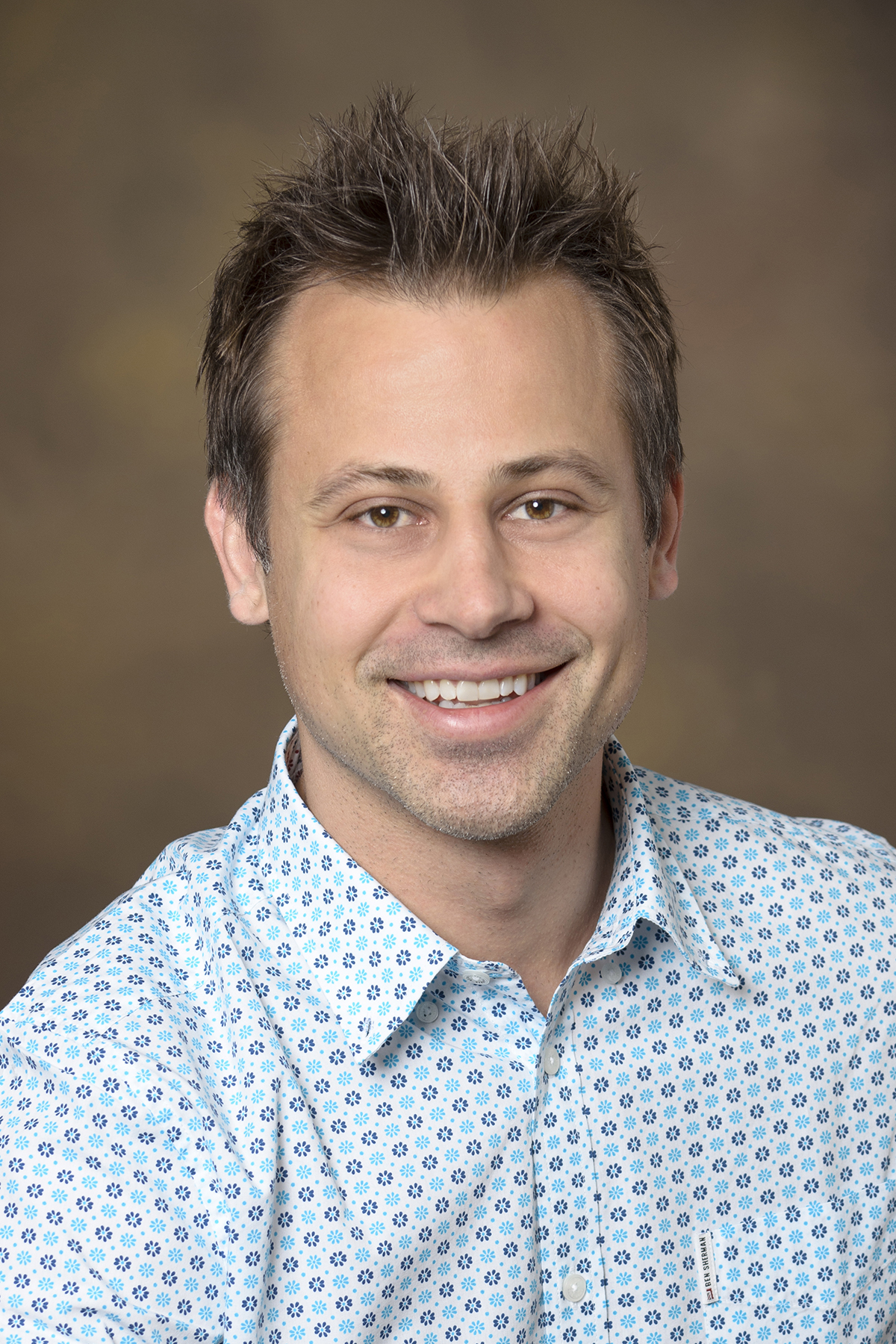The Churko Lab combines stem cell biology, genetic engineering, bioengineering, and bioinformatics to understand the molecular changes that occur during cardiac development and disease. Dr. Churko completed his graduate training in Canada under the guidance of Dr. Dale Laird (Canada Research Chair in Gap Junction Biology) and his postdoctoral training under Dr. Joseph Wu (Chair of the Cardiovascular Institute at Stanford). His laboratory specializes in generating transgene-free human induced pluripotent stem cells (hiPSCs) from patients with various forms of heart disease. These cells enable investigations into human disease-specific and patient-specific studies. His lab models cardiovascular disease by differentiating hiPSCs into various cardiac cell types, including epicardial cells, cardiomyocytes, fibroblasts, and endothelial cells. Using a tissue engineering approach, these cardiac cell types are further assembled into three-dimensional constructs to study heart disease at the tissue level. By utilizing a range of omics tools such as single-cell RNA-seq, BioID interactome analysis, single-cell Western blotting, and ChIP-seq, his lab focuses on unraveling the molecular mechanisms that lead to heart disease and identifying cardiac disease biomarkers. These biomarkers are currently being targeted using structural bioinformatics and drug development approaches with the goal in developing regenerative medicine therapies. Specifically, the lab focuses on developing therapies for arrhythmogenic cardiomyopathy (ACM) and bicuspid aortic valve disease (BAV).


